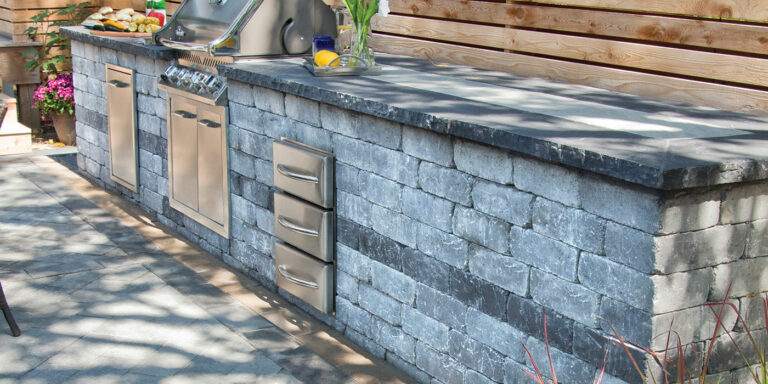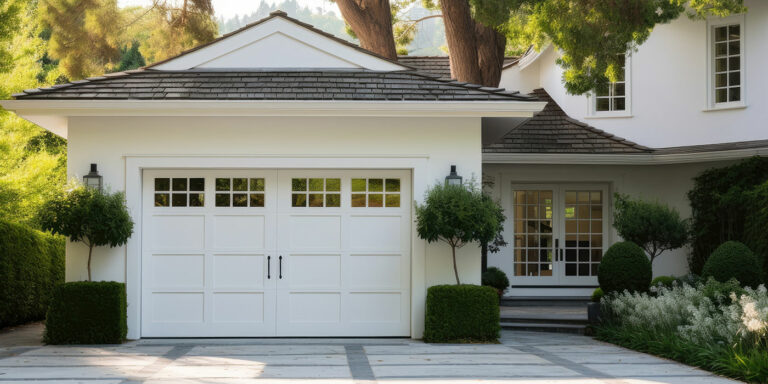If you are planning on heating your garage during the winter months, then insulating is a good idea. Or maybe you’d like to maintain a thermal buffer as you transition from outdoors to indoors in your attached garage. Adding insulation will help maintain a regular temperature while acting as a sound barrier. Insulating a garage is not much different than insulating the inside of your home.
Areas to insulate with the highest possible R-value include the walls, ceiling and garage door. Garages are not built to be airtight so don’t forget to fill any gaps or cracks with an insulating sealant. Below are insulation products to consider for insulating a garage.
1. Fibreglass

Fibreglass is the most commonly used type of insulation in garages. It’s sold in precut batts specific for attics and walls that fit between wall studs and ceiling joists. Fibreglass is a very economical choice and is easy to install. Because it is susceptible to moisture, it is recommended to protect fibreglass insulation with a barrier like drywall.
2. Stone wool

A very durable option. This high R-value insulation is made from a stone product and is extremely resistant to fire and moisture. It is available in batts that install between studs and joists. Stone wool has a higher cost than fibreglass but unlike fibreglass, the thermal performance of this insulation remains stable over the lifetime of your home.
3. Blown-in
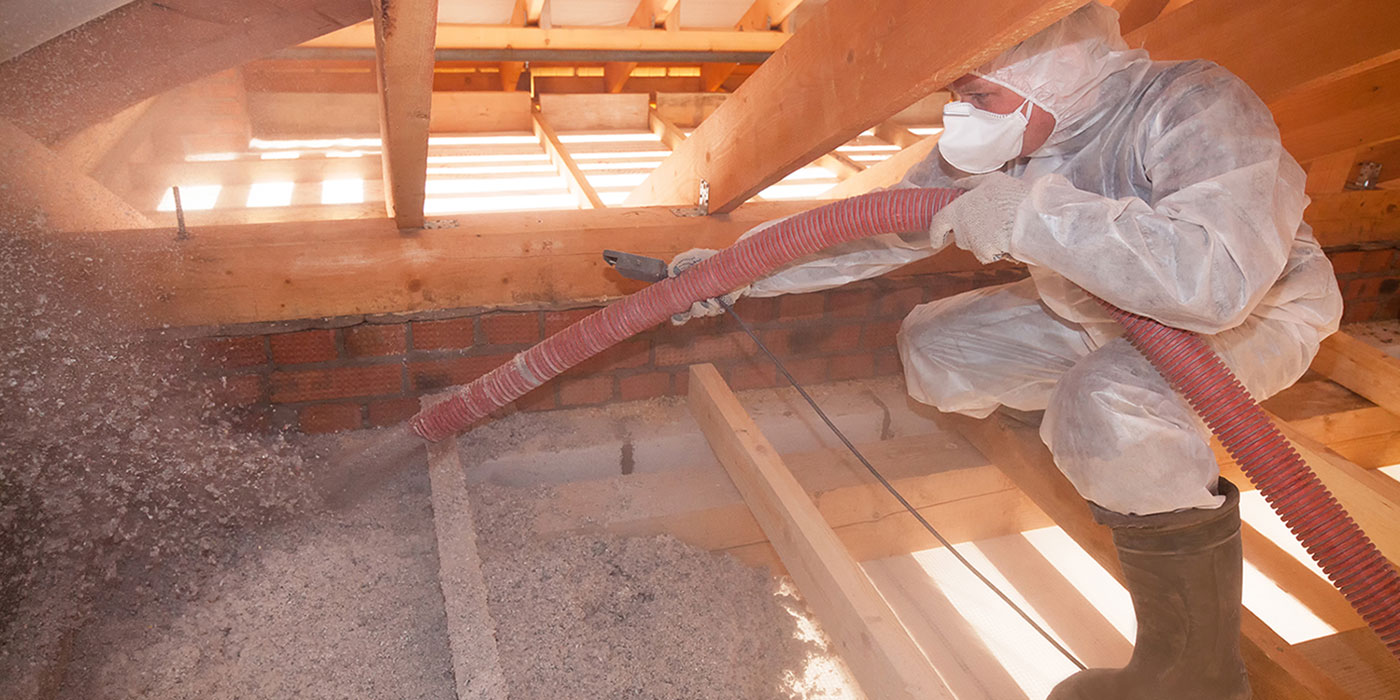
Also called loose fill insulation, this is a great solution for garages with existing drywall on walls and ceilings. It’s also great for insulating tight spaces or topping up an existing layer of insulation. Installation is not difficult but it is dusty, sweaty work for two people and you’ll need to rent a blower machine. Talk to our Insulation Experts for availability.
4. Spray foam
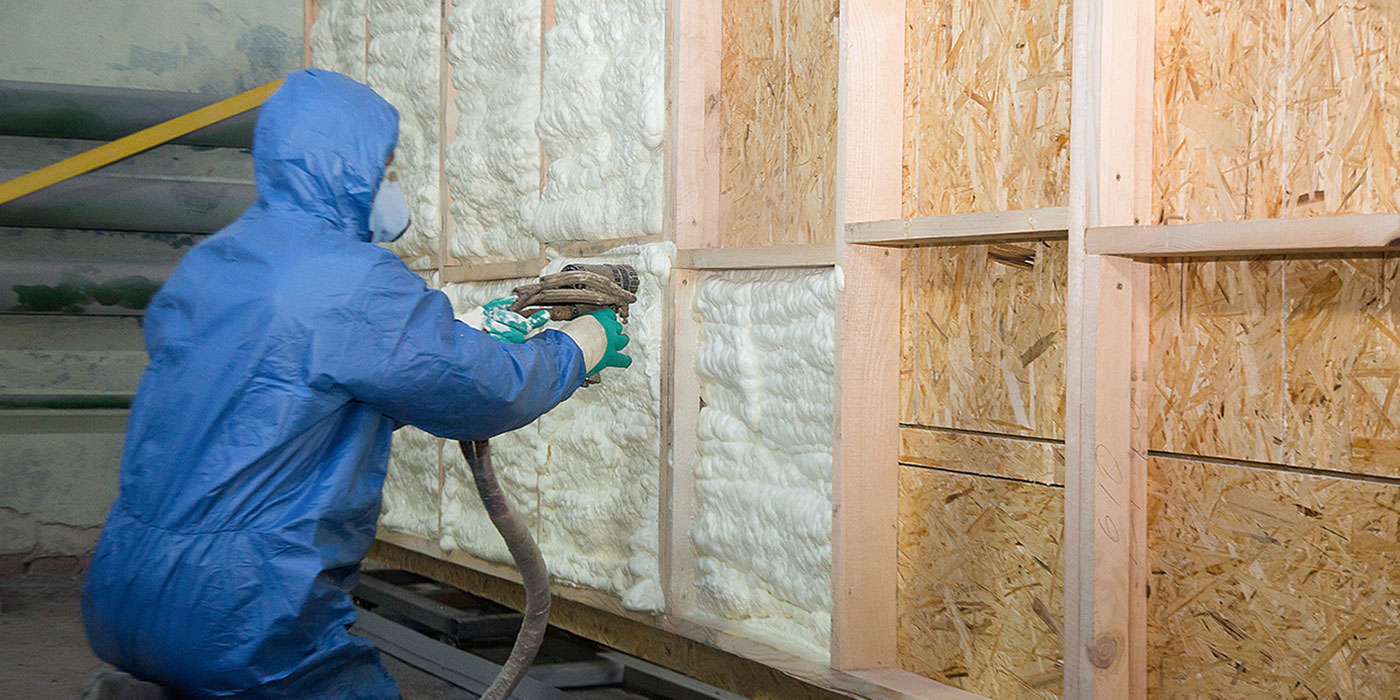
A very effective insulation when installed properly. It provides an airtight seal and is best for tight spaces. It combines 2 chemicals on site to create an expanding foam which is sprayed between framing. It requires special handling, careful application and essential safety precautions. Not recommended as a DIY project, best left to the professionals to install.
5. Rigid foam
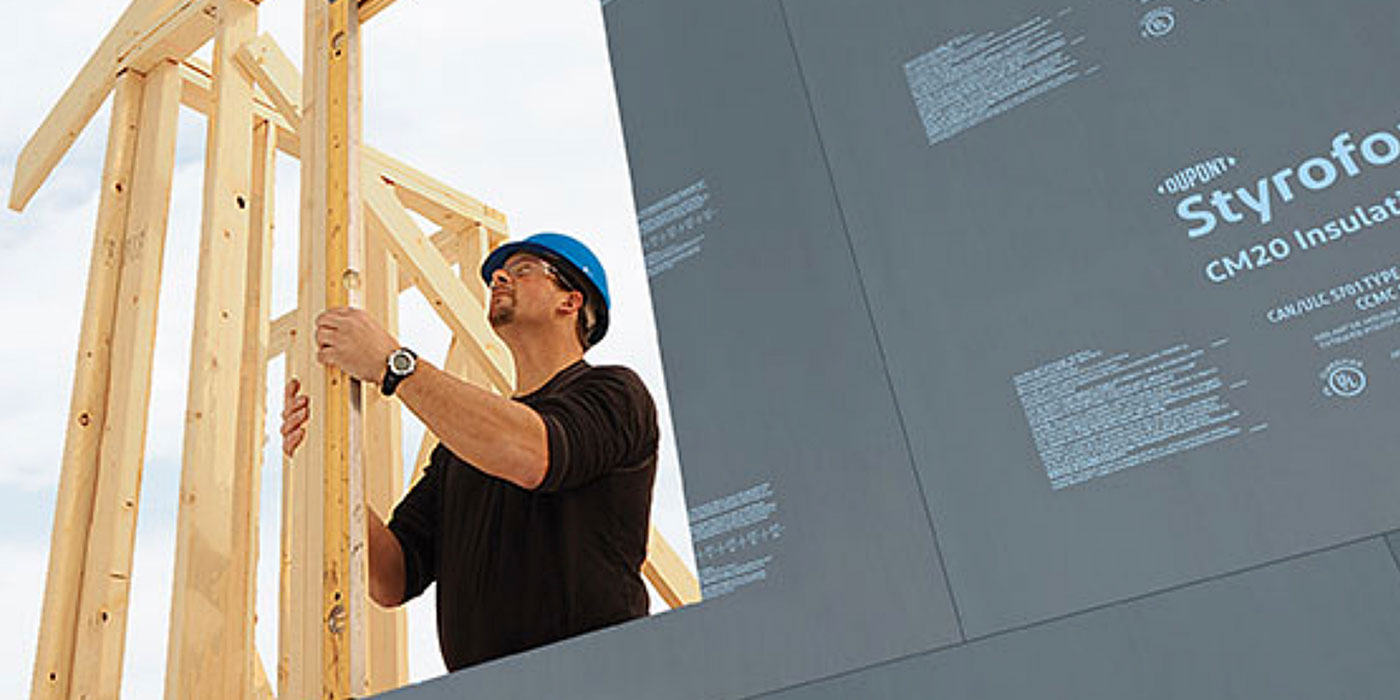
Extruded polystyrene rigid foam panels, some with shiplap edges that fit tightly together. Designed for use on walls and ceilings and available in assorted panel sizes. Provides a continuous layer of high R-value insulation with good moisture resistance. Rigid foam is easy to cut and install. It also has good noise reduction properties.
6. Garage door
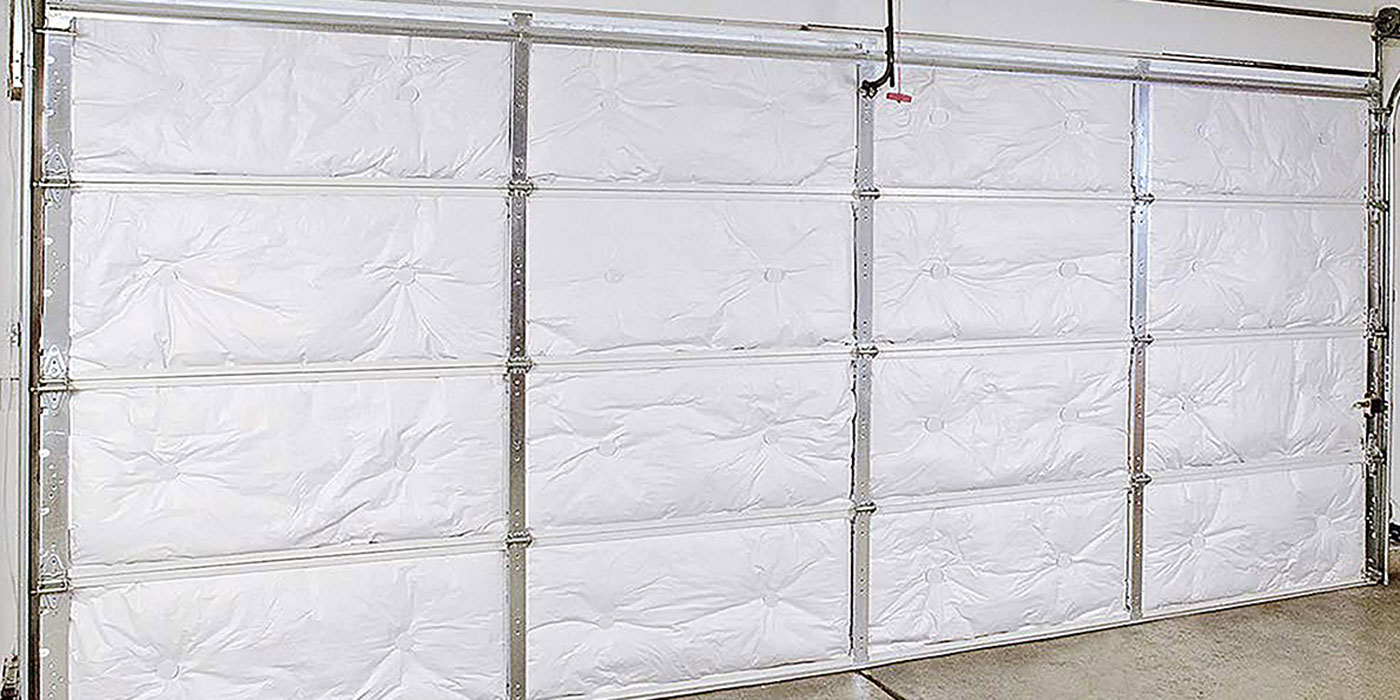
The biggest heat loss is through the garage door. Some garage doors are available with an insulation option or you can buy insulation kits for standard metal garage doors. You can also cut pieces of rigid foam insulation to fit each panel section. Cover gaps around the garage door with weatherstripping designed specifically for garage doors.


